Ammonia: production costs and energy economics?
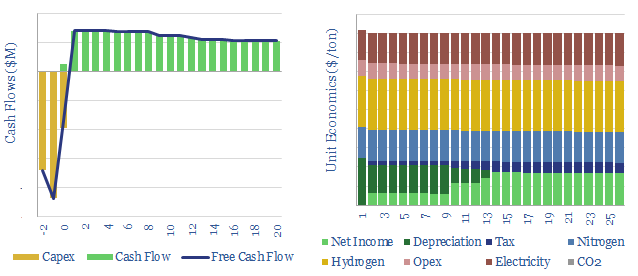
…Green ammonia is also an option, although after reflecting the CO2 embedded in wind and solar projects, and the need for higher-carbon electricity to maximize utilization rates, we are not…

…Green ammonia is also an option, although after reflecting the CO2 embedded in wind and solar projects, and the need for higher-carbon electricity to maximize utilization rates, we are not…
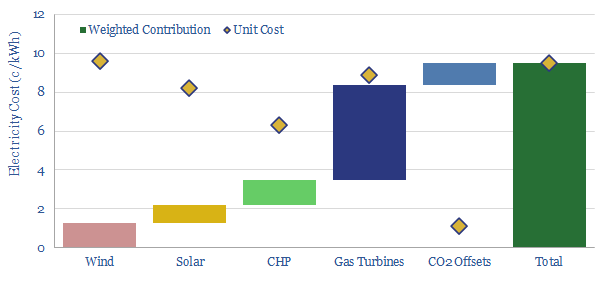
…possible at a delivered power price below 10c/kWh, which is highly competitive. The model captures the costs, gross CO2 intensity and nature-based offset requirements from a mixture of wind, solar,…
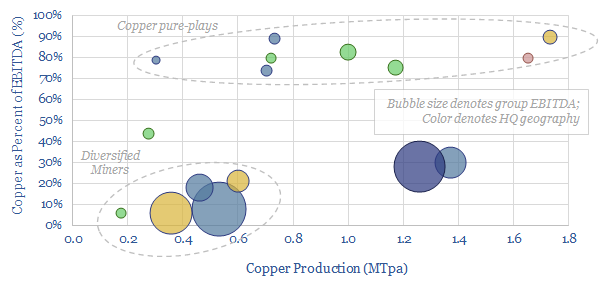
…2030, due to electrification, solar, EVs and the rise of AI. However RP ratios for the ten largest companies in the peer group have decreased from 28 years in 2013-14 to 27.5 years in…
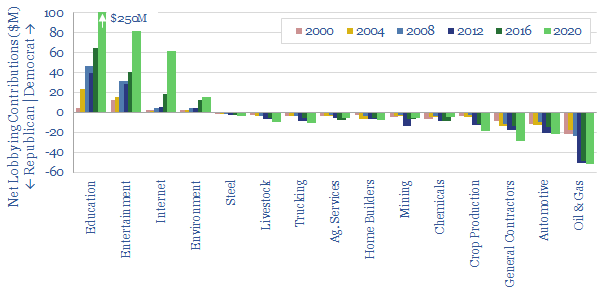
…solar hardly generate any electricity at all, or other complications with the power grid (below). https://thundersaidenergy.com/2021/09/16/power-grids-tenet/ (5) Restoring degraded natural ecosystems can absorb around 200-400 tons of incremental CO2 per…
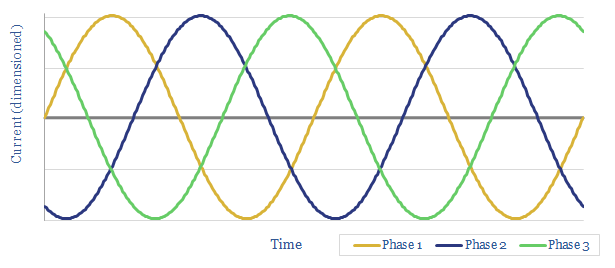
…are described on pages 6-7, including how they synchronize and supply crucial inertia and reactive power. Solar generation is described on pages 8-9, including the physics of bandgaps, and the…
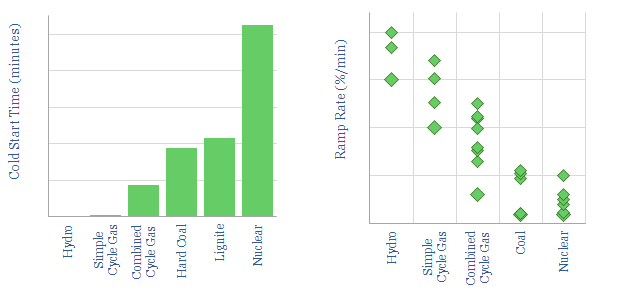
…nuclear plant. But the average facility is 1.1GW. So even a 1% ramp rate is equivalent to adding 10MW per minute, similar in size to the average utility-scale solar plant….
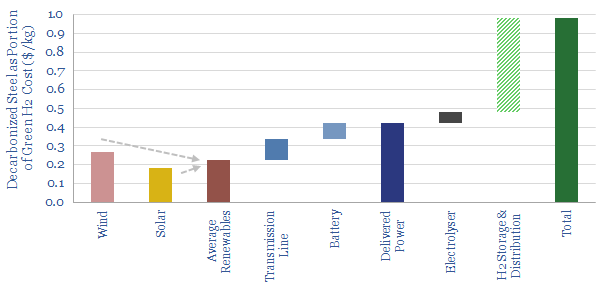
…7). Inflationary feedback loops have been a recurring topic in our recent research, and steel makes an interesting case study. Steel is used in wind, solar, power distribution, batteries, hydrogen…
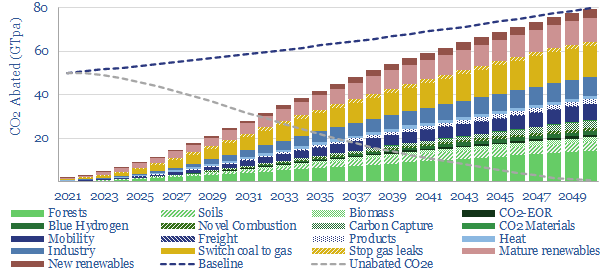
This 18-page report revises our roadmap for the world to reach ‘net zero’ by 2050. The average cost is still $40/ton of CO2, with an upper bound of $120/ton, but…
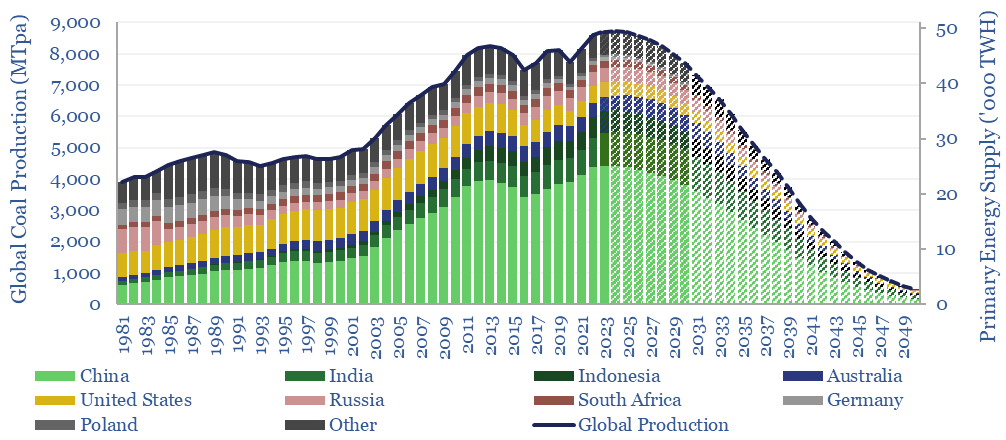
…in turn is abated by CCS or nature-based solutions). This is sheer fantasy, unless wind, solar and natural gas ramp up enormously, especially in China, India and other parts of…
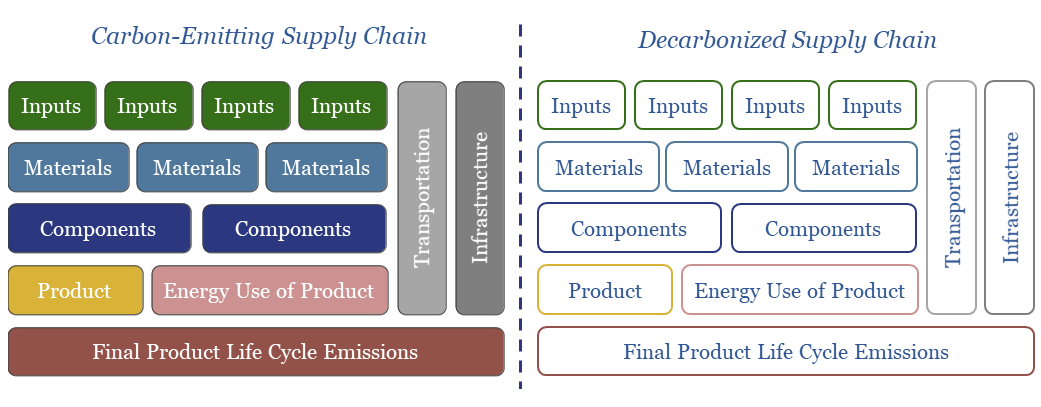
…turbine blades and hydrogen storage tanks), photovoltaic silicon (used in solar panels), lithium (used in batteries), neodymium magnets (used in wind turbines and EVs), dielectric gases (used in electricity distribution)…